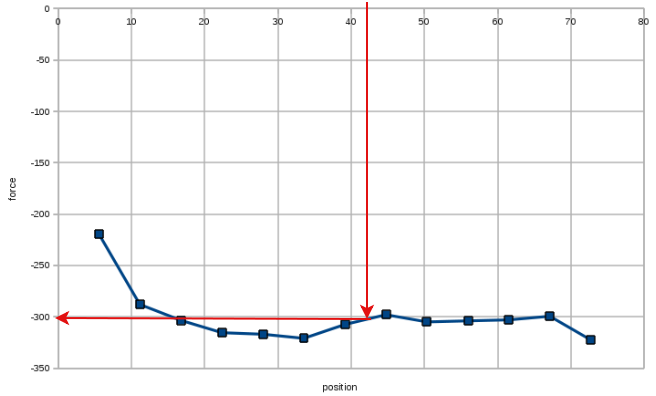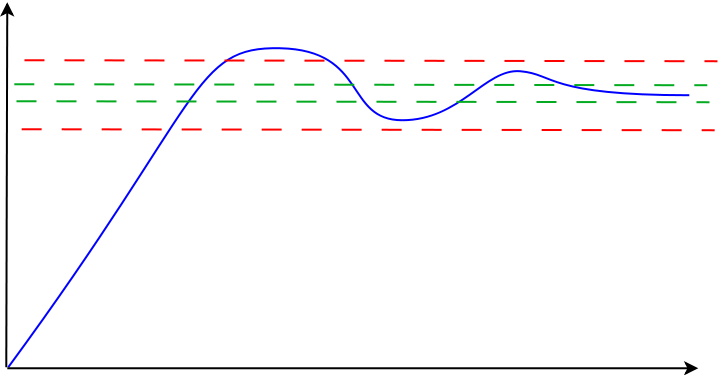Show EOL distros:
Package Summary
The sr_mechanism_controllers package contains different types of controllers for the etherCAT hand:(fake) calibration controllers, position controllers, velocity controllers, force controllers, ...
- Author: Ugo Cupcic / ugo@shadowrobot.com , contact@shadowrobot.com
- License: GPL
- Source: bzr lp:sr-ros-interface/stable (branch: release)
Package Summary
The sr_mechanism_controllers package contains different types of controllers for the etherCAT hand:(fake) calibration controllers, position controllers, velocity controllers, force controllers, ...
- Author: Ugo Cupcic / ugo@shadowrobot.com , contact@shadowrobot.com
- License: GPL
- Source: bzr lp:sr-ros-interface/fuerte (branch: release)
Package Summary
The sr_mechanism_controllers package contains different types of controllers for the etherCAT hand:(fake) calibration controllers, position controllers, velocity controllers, force controllers, ...
- Author: Ugo Cupcic / ugo@shadowrobot.com , contact@shadowrobot.com
- License: GPL
- Source: git https://github.com/shadow-robot/sr-ros-interface.git (branch: groovy-devel)
Package Summary
The sr_mechanism_controllers package contains different types of controllers for the etherCAT hand:(fake) calibration controllers, position controllers, velocity controllers, force controllers, ...
- Maintainer status: maintained
- Maintainer: Shadow Robot's software team <software AT shadowrobot DOT com>
- Author: Ugo Cupcic
- License: GPL
- Bug / feature tracker: https://github.com/shadow-robot/sr-ros-interface/issues
- Source: git https://github.com/shadow-robot/sr-ros-interface.git (branch: hydro-devel)
Package Summary
The sr_mechanism_controllers package contains different types of controllers for the etherCAT hand:(fake) calibration controllers, position controllers, velocity controllers, force controllers, ...
- Maintainer status: developed
- Maintainer: Shadow Robot's software team <software AT shadowrobot DOT com>
- Author: Ugo Cupcic
- License: GPL
- Bug / feature tracker: https://github.com/shadow-robot/sr-ros-interface/issues
- Source: git https://github.com/shadow-robot/sr-ros-interface.git (branch: indigo-devel)
Package Summary
The sr_mechanism_controllers package contains different types of controllers for the etherCAT hand:(fake) calibration controllers, position controllers, velocity controllers, force controllers, ...
- Maintainer status: developed
- Maintainer: Shadow Robot's software team <software AT shadowrobot DOT com>
- Author: Ugo Cupcic
- License: GPL
- Bug / feature tracker: https://github.com/shadow-robot/sr-ros-interface/issues
- Source: git https://github.com/shadow-robot/sr_core.git (branch: kinetic-devel)
Package Summary
The sr_mechanism_controllers package contains different types of controllers for the etherCAT hand: position controllers, velocity controllers, force controllers, ...
- Maintainer: Shadow Robot's software team <software AT shadowrobot DOT com>
- Author: Ugo Cupcic
- License: GPL
- Bug / feature tracker: https://github.com/shadow-robot/sr-ros-interface/issues
- Source: git https://github.com/shadow-robot/sr_core.git (branch: melodic-devel)
Contents
Overview
The different controllers are implemented in this package. The controllers have access to an actuator which contains the hand data updated in real time by sr_edc_ethercat_drivers and sr_robot_lib.
Each controller is sending force demands to a motor at 1kHz (an internal force control loop is running at 5kHz on the motor boards).
Friction Compensation
A friction compensation algorithm is available for each controller. The idea behind the friction algorithm is very simple: due to the tendon friction, the force to apply to move a joint is a function of the current joint position and the direction which you want to take.
The sr_friction_compensation package is used to record and interpolate the friction compensation map. Based on this map, we just add a value to the output of the controller as illustrated below (we have two different maps, one for each direction): 
Hysteresis Deadband
In our controllers, we're using what we call an hysteresis deadbands for avoiding to drive the motors unnecessarily: when we're entering a small deadband, if the error changes sign, we're not driving the motor, unless we leave a bigger deadband: 
Controller Types
Effort Controllers
This is a very simple controller, as the real force control loop is done on the motor board. The force demand is directly transmitted to the motor, after limiting it to a range specified in the parameters and adding the friction compensation, except in the specified deadband.
Velocity Controllers
This is a PID controller transforming a velocity demand into a force demand. First (if we're outside of a given deadband) the velocity error is fed to a pid loop. The friction compensation is then added to the output of this loop (if we're outside of a certain deadband), and the motor demand is limited to the range specified by the user.
Position Controllers
This is a PID controller transforming a position demand into a force demand. First (if we're outside of a given deadband) the position error is fed to a pid loop. The friction compensation is then added to the output of this loop (if we're outside of a certain deadband), and the motor demand is limited to the range specified by the user.
Mixed Position / Velocity Controllers
This controller is a position controller on top of a velocity controller. This controller ensures that the joint travels at a given speed, and slows down to stop on the target.
Based on the position error, a velocity demand is generated from a first PID loop.
The velocity demand is then fed to the velocity controller described previously, which generates a force demand to send to the motor through a second PID loop.







